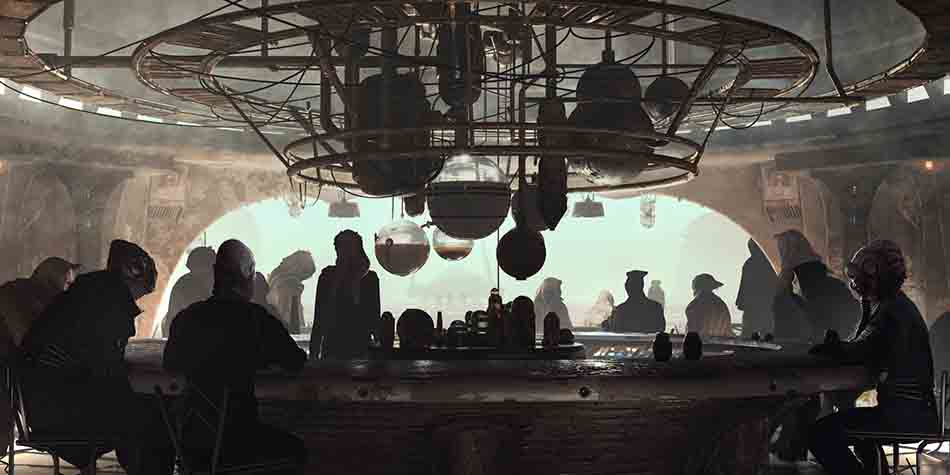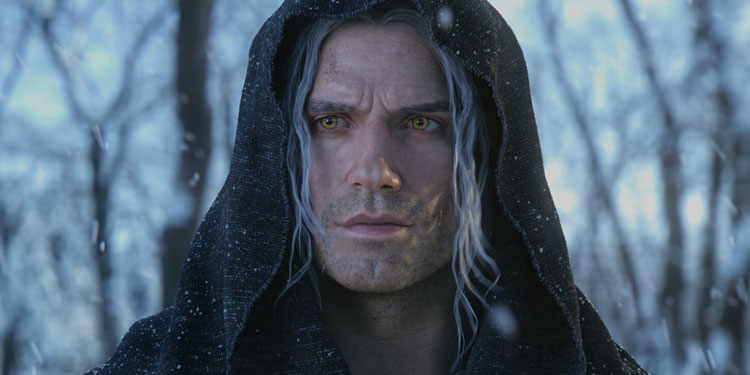Introduction
In the dynamic realm of CGI artistry, Kousha Motamedi emerges as a visionary, defying conventional paths with a background in industrial engineering. Driven by an innate passion for animation and digital creation, Kousha’s journey reflects a profound shift from the structured world of engineering to the boundless realms of CGI.
In this interview, we explore his unique creative process, inspirations, and the intricacies behind his captivating project, “Comfort Zone.”
Background and Interests
Can you share your artistic background and what initially sparked your interest in digital art?
I’m actually coming from a different background; I studied industrial engineering in university, but I was never truly happy with it. I always had a soft spot for animation, music videos, etc. I could feel the adrenaline in my body when I would see a cool video that was done digitally and was always curious to know how it was made. So I started learning from the very basics, design principles, graphic design and later on 2D animation as well. But I always felt limited in 2D because I’m not very good at drawing and illustration, so I couldn’t create exactly what I had in mind, and when I found 3D and started playing around with Cinema4D and saw the possibility of creating my vision, I immediately fell in love with it and knew this was gonna be my medium.
Could you describe your typical creative process from idea to completion?
For my personal projects it usually starts with a sense or feeling that strongly affects me, usually the one that keeps me thinking, and I will start visualizing how I wanna express it in my head with inspiration from listening to music that gives me the spark and excitement to start creating an artwork. Then I’ll start looking for references for different aspects of it, like the environment, the character( if I need one), lighting and the whole mood. After that I start sketching some ideas for the overall design and composition for myself to reach something that I’m happy with. Once I have a more clear idea of how everything will look. I’ll start with the character and posing and animation, designing the outfit, environment, lighting, etc.

Do you have any favorite software, tools, or techniques that you rely on in your work?
I mostly use Daz (posing and animation), Marvelous Designer(fashion), Substance Painter(texturing), and assemble everything in Cinema 4D and Octane Render for final lighting and rendering. Then also After Effects for compositing.
Inspirations
Who are some of your artistic influences and favorite artists (digital or otherwise)?
That’s kind of a hard question to answer since there are a lot of artists that inspire me everyday, but in the digital art world I would say artists like Alberto Mielgo, Ash thorp, Vini Naso, Andrea Arice and a lot of other Digital Artists. Also outside of the digital world I would say artists like Keith Haring, Sary Boyle, and many more I can’t think of right now.
As an artist based in Toronto, are local art scenes, events, or communities particularly inspiring your personal creations?
Yes, absolutely we have an amazing art community here in Toronto, including the amazing Tendril Studio in motion design and 3D. Also AGO(Art Gallery of Ontario) has always been a big inspiration for me, everytime I visit there I am amazed.
“Comfort Zone” Project
Let’s delve into your project, “Comfort Zone.”

What inspired the concept behind this work?
“Comfort Zone” refers to a familiar and secure space we retreat to when we feel overwhelmed. As a child, I found comfort in creating origami cranes whenever I had to do something that didn’t interest me. Over time, making art has become my go-to source of solace. In this piece, I sought to represent my personal safe space by combining elements from my past and present comfort zones.
Could you elaborate on the significance of the character’s attire in “Comfort Zone” and how you used Marvelous Designer to achieve your vision?
I think the outfit of the character is really important to give it a unique and certain look and mood to help the whole story. I usually get all my fashion inspiration from outside of 3D and digital art space to avoid having a similar look that we see all the time on social media, especially in fashion.
Personal Touch
What are your artistic goals, or is there a particular project or theme you’d like to explore in the future?
My artistic goal is to be able to just work on personal projects and the projects that I love with my own style and not having to create work for other people or companies to make money.
What advice can you give aspiring 3D/Digital artists looking to break into the industry and develop their unique artistic voice?
I would recommend pursuing what they are really passionate rather than what is needed or what is trending. I would also recommend to always try to have some sort of narrative in their work, even very abstract or simple, because it will produce a more original and unique art rather than just a pretty image. This is especially important right now – at a time where simply creating an image has become so easy. One more thing that helped me a lot was studying my favourite artists’ work, how they approached the design, composition, lighting and storytelling.
Were there specific challenges you faced while creating “Comfort Zone,” and how did you overcome them?
Yes a lot of them. I would say the most important thing that is always crucial to me is if this piece is gonna make people feel or think about something, and it’s not just the content they see on their phone. So having that in mind plus all the technical limitations that you may have, you have to come up with smart solutions to convey the message and actually execute it the best way you can. Obviously it’s never gonna be perfect and I think that’s also a motivation for me to get better and impress myself each time with each artwork.
Images
Could you provide a few images or visuals from your projects to showcase in the interview?

KIAN
This artwork is dedicated to Kian Pirfalak and his family. Kian was shot and murdered by the Iranian Islamic government on November the 16th. The propeller boat is one of his creations that he made for a competition he wanted to participate

VIOLET MEMORY
This project is a personal project about miscommunication in relationships.

COMFORT ZONE
I included some behind the scenes from the project and also some still frames of the key shots.
Conclusion
Kousha Motamedi’s artistic evolution, from the confines of industrial engineering to the expansive realm of CGI art, reflects an unwavering commitment to self-discovery and creative expression. His projects, such as “Comfort Zone,” delve into the profound, merging past and present to create immersive narratives that resonate with universal emotions.
As we conclude this insightful interview, Kousha’s advice to aspiring 3D and digital artists becomes a guiding light. Encouraging them to follow their passion, weave narratives into their work, and draw inspiration from the masters, Kousha Motamedi emerges not just as an artist but as a mentor, paving the way for others to navigate the ever-evolving landscape of digital artistry.
Explore Kousha Motamedi’s artistic world on his website. Discover more of his creations and ongoing projects on Behance. Connect with him on Instagram for behind-the-scenes content, updates, and to be part of the artistic community conversation. Don’t miss the exciting evolution of his art across these platforms!

Vanessa is a Digital Marketing Specialist specializing in SEO, Social Media, and WordPress Administration, effectively bridging technology and online visibility.

